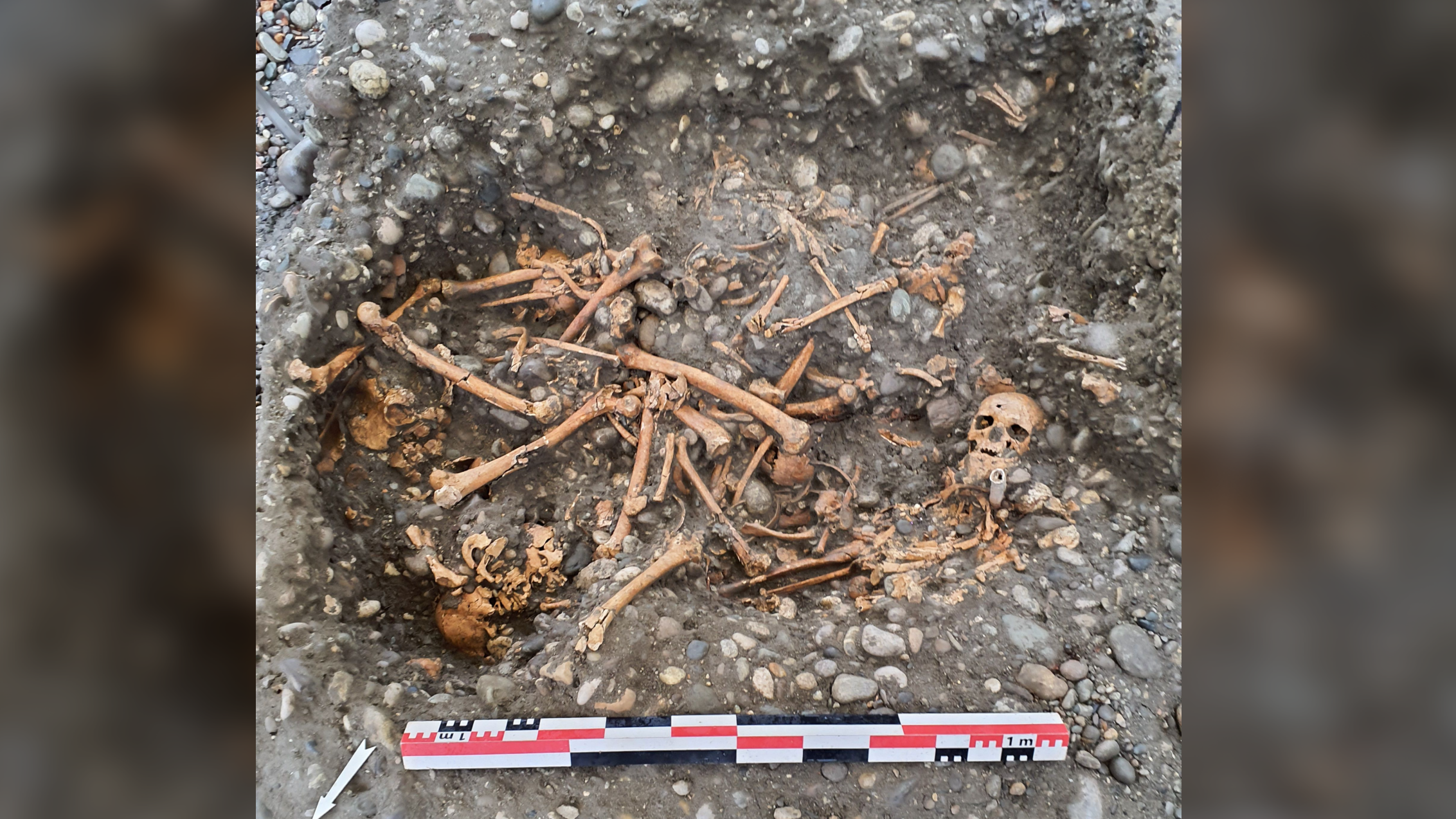In Photos: Frozen Lakes in Winter
Teamwork
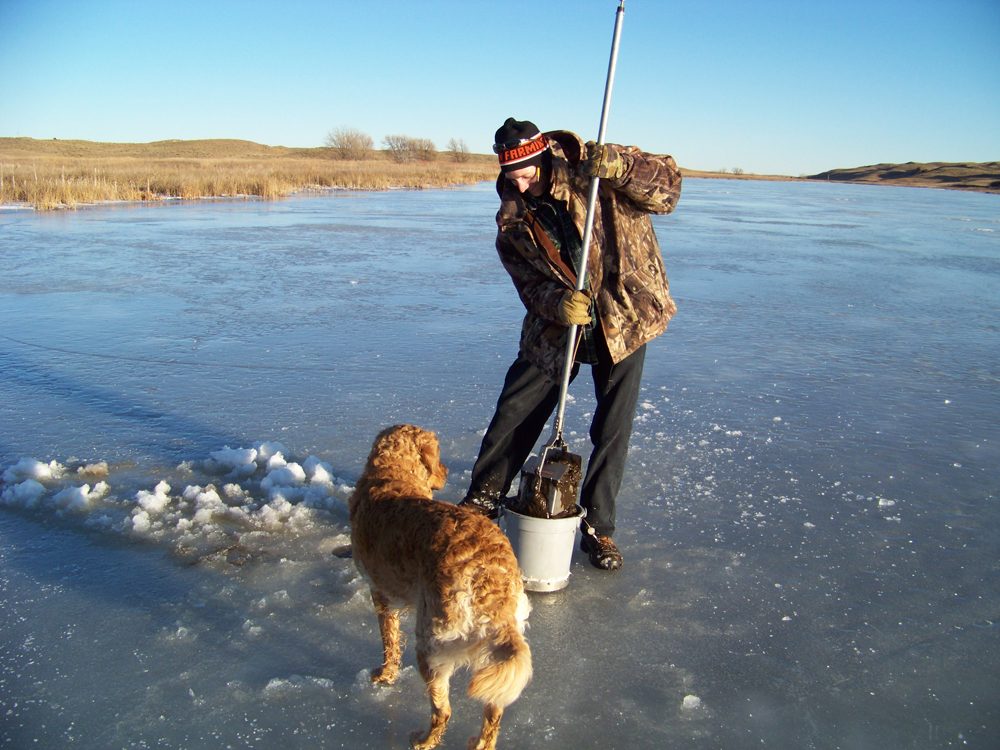
A researcher transfers a sample to a rinse bucket at West Long Lake, Nebraska in the Valentine National Wildlife Refuge, in January 2008. The sample was collected using a pole-mounted Ekman dredge, for sampling benthic invertebrates.
Fractures in the ice
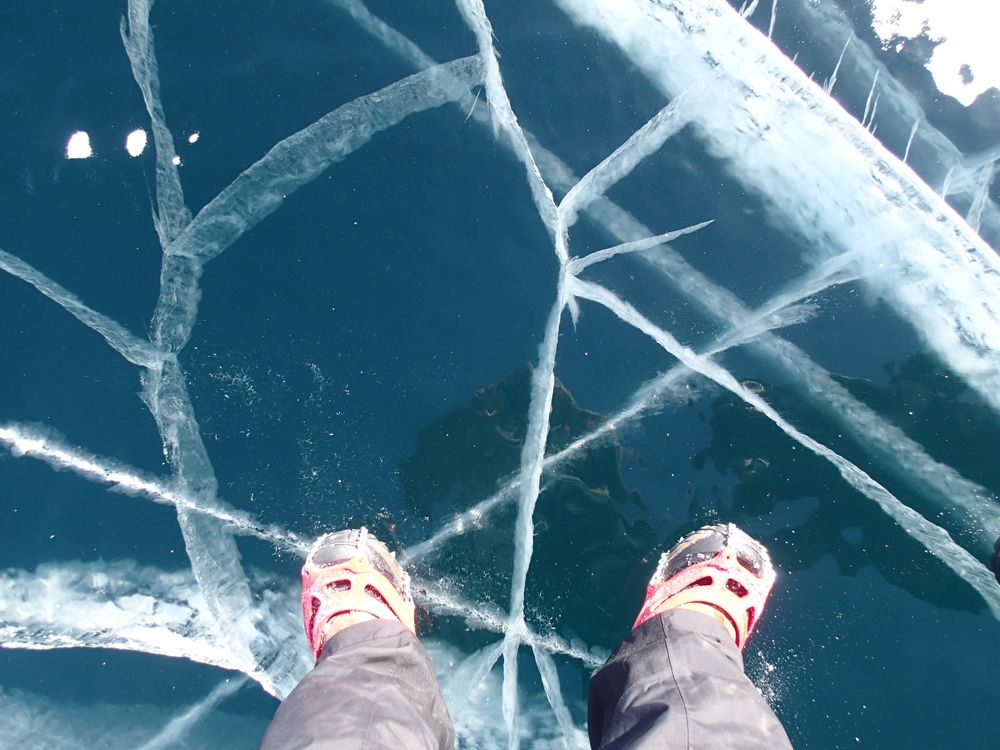
Ted Ozersky, an ecologist and professor at the University of Minnesota in Duluth, stands on the clear ice at Lake Baikal, Siberia.
Journey to the center

A group of researchers walk out to sample the deepest part of a prairie pothole shallow lake in west-central Minnesota, in an area known as the "Prairie Pothole region" of North America.
Data download

Photo of Leah Domine, a researcher at the University of St. Thomas in Minnesota, downloading data from a sonde — a tool containing measurement sensors — that was deployed under the ice in a prairie pothole shallow lake, in the so-called "Prairie Pothole region" of North America, in west-central Minnesota.
Reflections
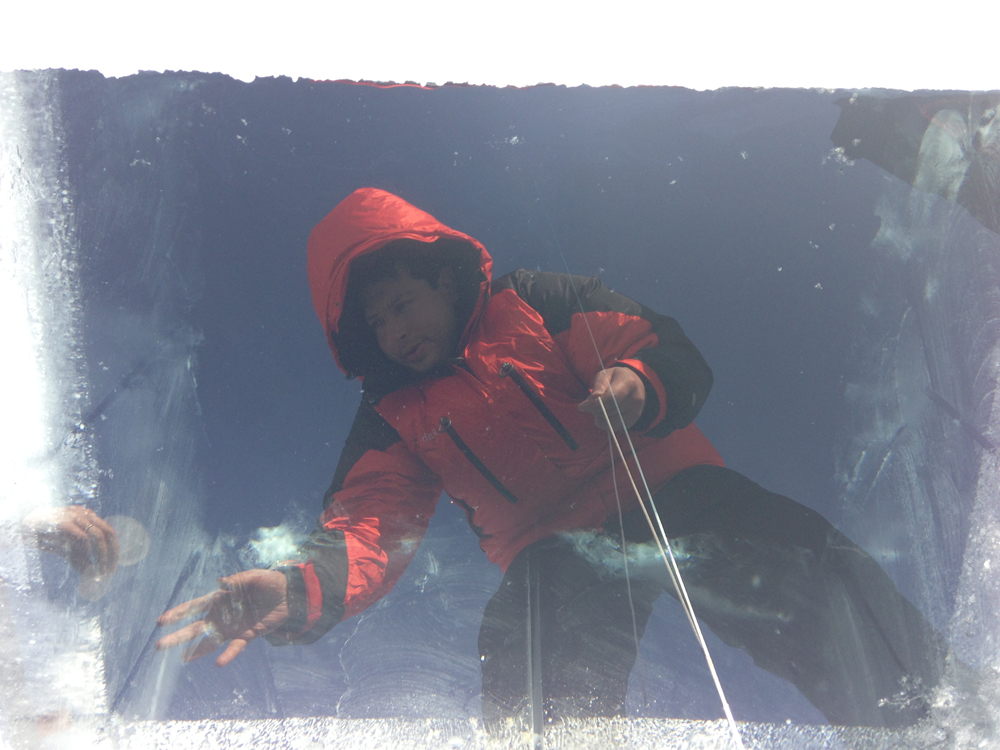
This photo is a reflection of geologist George Swann, an associate professor in Palaeoclimatology at the University of Nottingham, sampling from a hole drilled through frozen Lake Baikal in Siberia.
Geometric ice
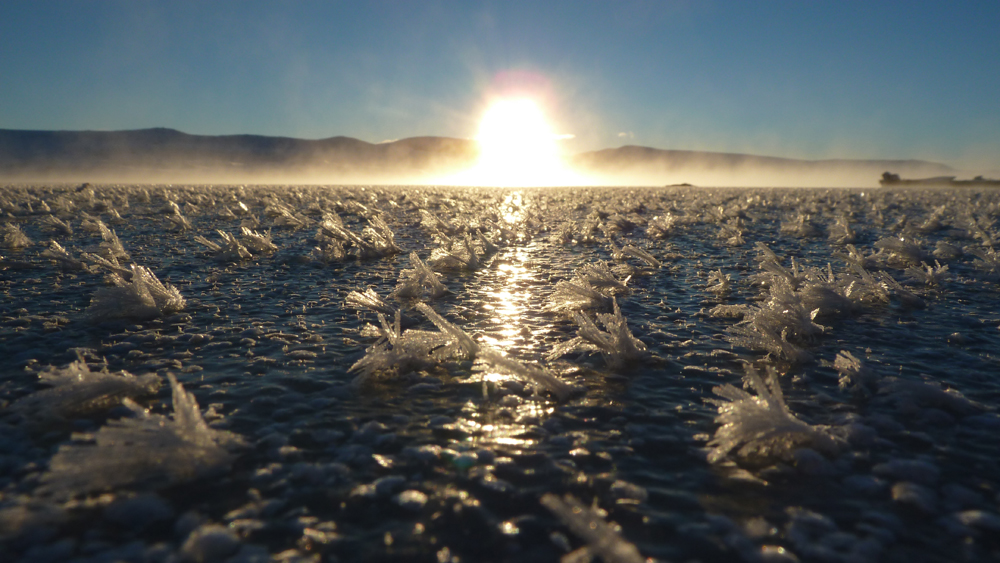
Autumn ice forming on Toolik Lake, Alaska, September 21, 2013.
Ridges and waves
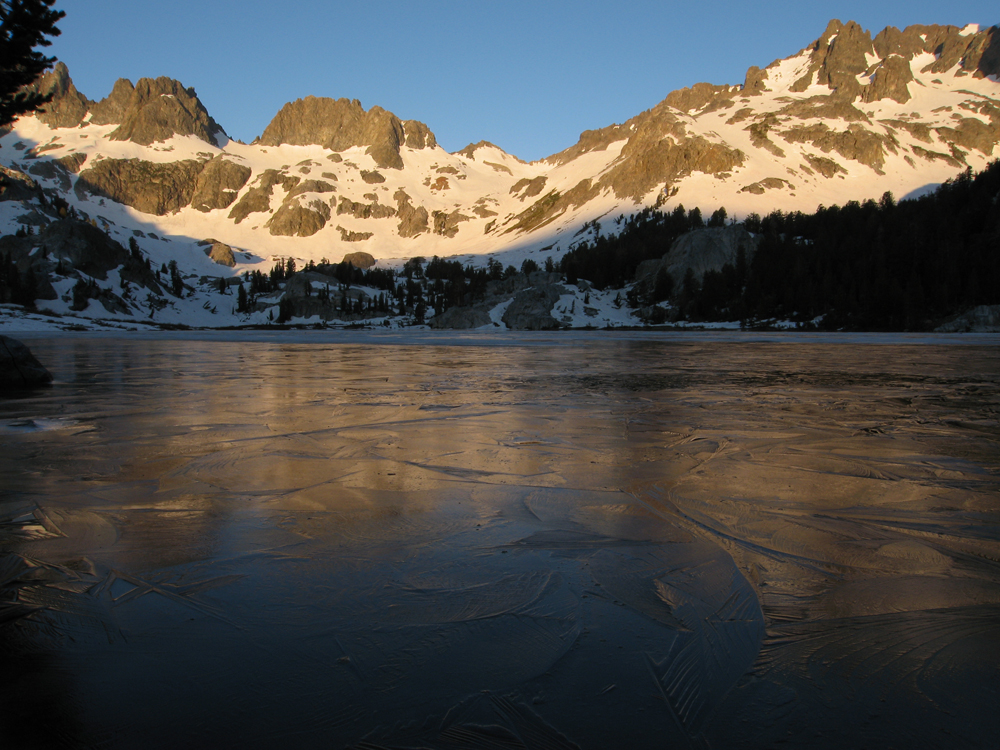
Ice forming on Lake Ediza in Sierra Nevada, California, on July 8, 2006.
Get the world’s most fascinating discoveries delivered straight to your inbox.
Sample taker
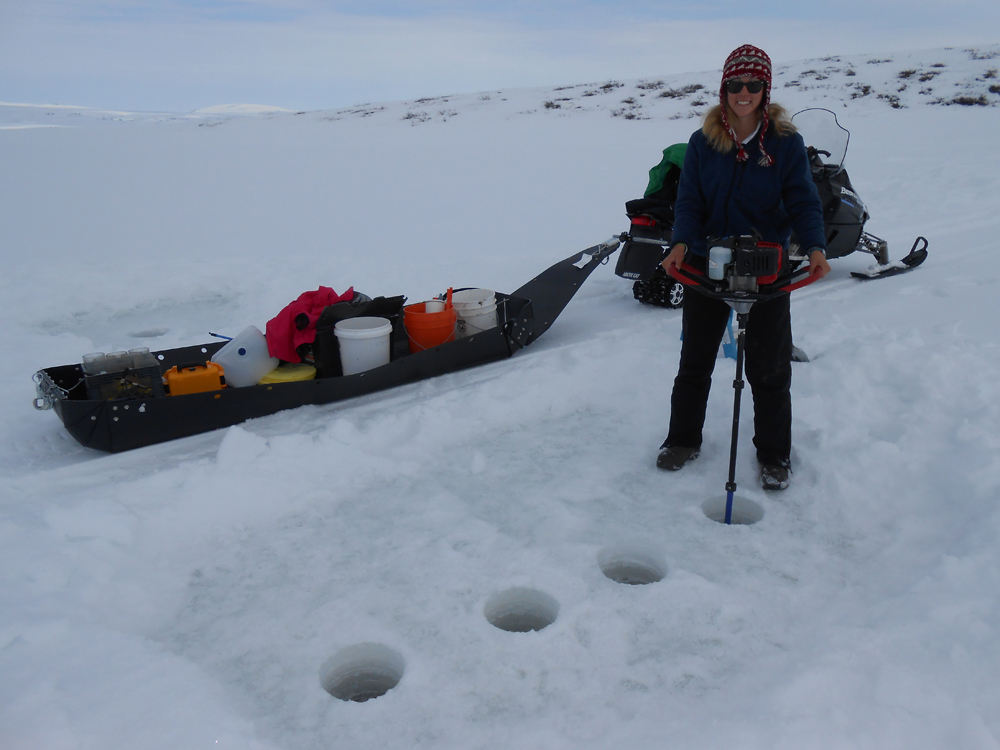
Jade Lawrence, a doctoral candidate in geology at Louisiana State University, drills holes in the ice in Lake E6 near Toolik Lake in Alaska, on May 11, 2013.
From A to B
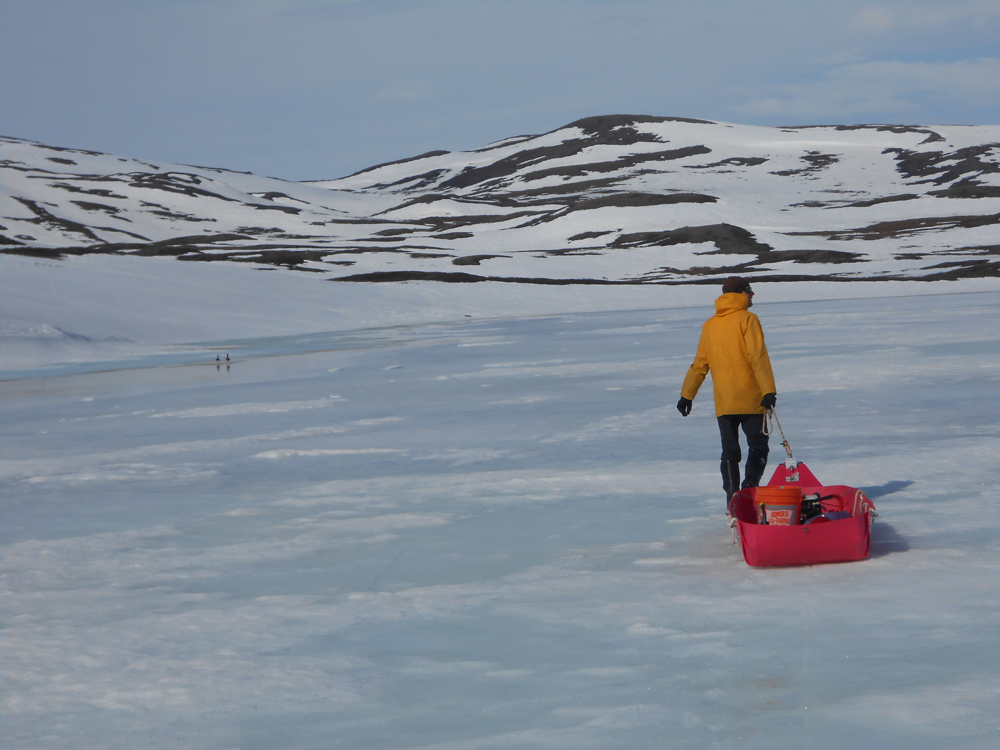
Steve Sadro, an assistant professor of environmental science at the University of California, Davis, pulls a sled across Lake Toolik, Alaska on May 28, 2013.
Learning the trade
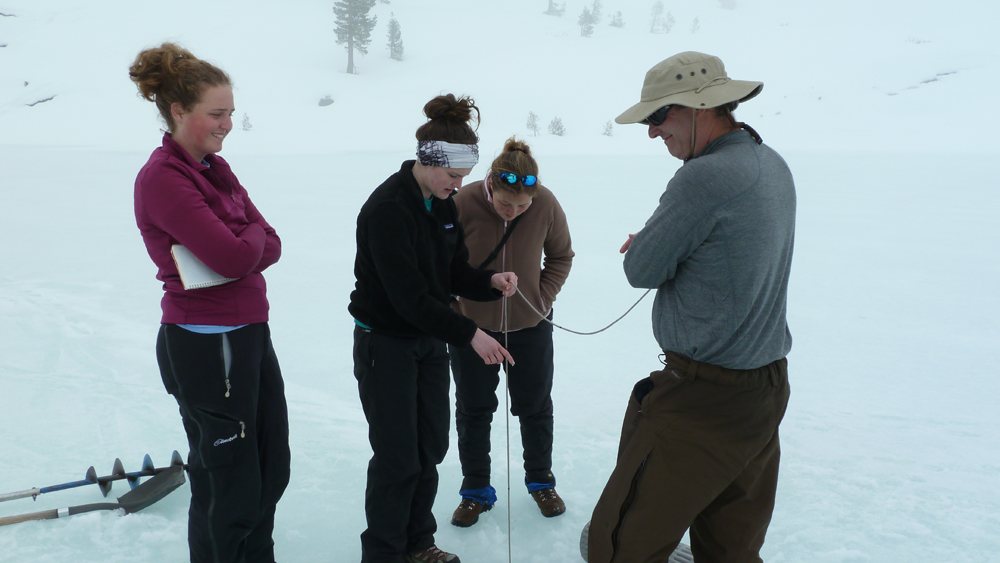
Winter sampling by undergraduates on Emerald Lake in Sierra Nevada, California, on March 28, 2013.

Mindy Weisberger is a science journalist and author of "Rise of the Zombie Bugs: The Surprising Science of Parasitic Mind-Control" (Hopkins Press). She formerly edited for Scholastic and was a channel editor and senior writer for Live Science. She has reported on general science, covering climate change, paleontology, biology and space. Mindy studied film at Columbia University; prior to LS, she produced, wrote and directed media for the American Museum of Natural History in NYC. Her videos about dinosaurs, astrophysics, biodiversity and evolution appear in museums and science centers worldwide, earning awards such as the CINE Golden Eagle and the Communicator Award of Excellence. Her writing has also appeared in Scientific American, The Washington Post, How It Works Magazine and CNN.


